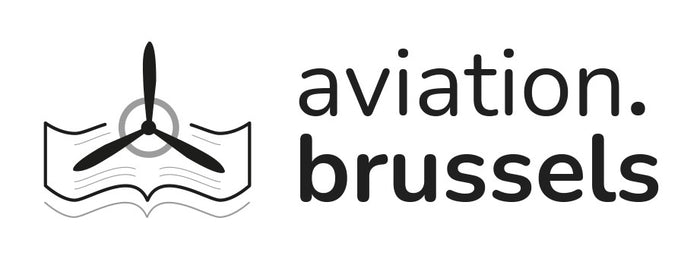AIR WAR FLANDERS-1918










Prix régulier 40,00 € TTC 6%
Characteristics
| Book cover finish | Hardcover ( square back binding ) |
| Special features | Dust jacket |
| Condition | Very Good |
| Number of pages | 160 |
| Published date | 1998 |
| Languages | English |
| Size | 19 x 25 x 2 cm |
| Author | Robert Jackson |
| Editor | Airlife Publishing Ltd |
Description
The final year of the bloodiest conflict that the world has ever witnessed was also a period when the tactics of air warfare evolved into a new dimension — one that made it a primary military consideration. This book is a history of the development of air fighting in all its aspects between April and November 1918. It begins with a summary of events in 1917, assessing the respective Allied and German positions in terms of air strength and capability.
It moves then to the role of Allied air power in breaking the Ludendorff Offensives and examines the capabilities of the German Schlachtflieger, the ground-attack squadrons which were the forerunners of the infamous Stukas of World War II. The air-raids over southern England by German Gotha bombers and Zeppelins are reported and demonstrate how the prototype British air-defence system was formulated — a system that was later to be perfected by Dowding in the Battle of Britain. The contributions made by the American Air Service are dealt with in depth, as is the effective French tactical and strategic bombing force. It was the British who took the lead in strategic bombing, flying as an independent Brigade operating independently of army control and interference.
In fact, it was the ancestor of Bomber Command. In 1918 the development of new combat aircraft took place on an unprecedented scale, but even at this late stage the German aircraft were more advanced than the Allied types in service. Although the main thrust of this book concerns Flanders, air combat over the North Sea and the introduction of the first aircraft carriers are included.











